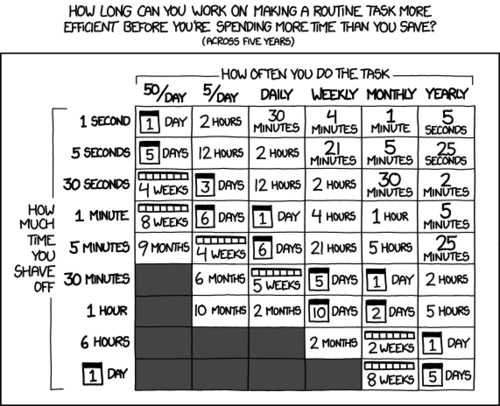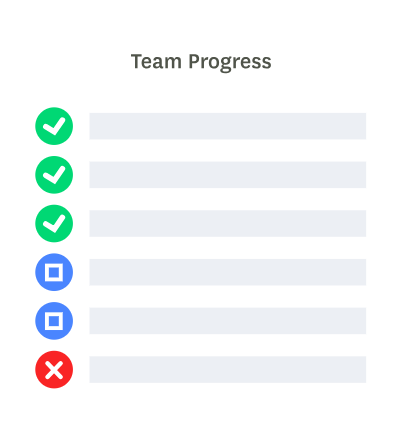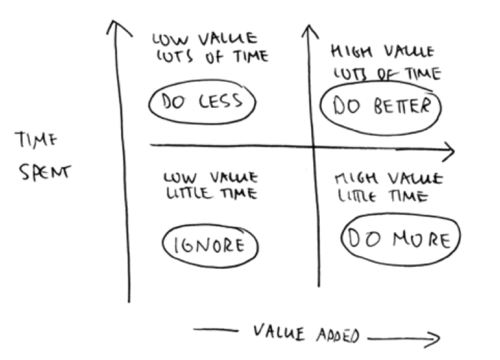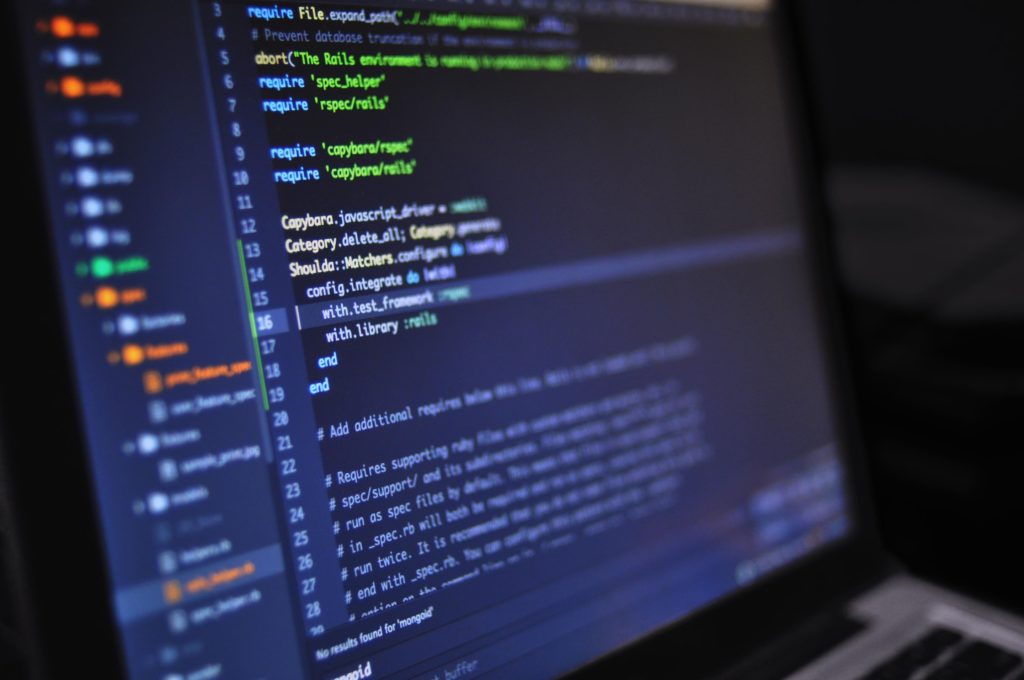- Time and Motion Study Basics
- Small changes, big benefits
- Pay Attention
- Opportunities For Improvement
- Create A Hypothesis
- Make A Change
- Consider Automated Solutions
- Evaluate Results
- Popular Questions
- Glossary
- Pop Quiz
Please note that without explicit markers for subheadings in the text, such as font size or bold text formatting, this list is created based on the context and structure of the provided content.
The famous management thinker Socrates once said: “The unexamined life is not worth living.”
As 2024 approaches, everyone is making resolutions. Most people do this without data, hypotheses, or any idea of what they will do differently. It’s usually a combination of regrets over bets that didn’t pan out, thoughts about what they should improve, and inspiration from others. And they wonder why nothing really changes.
Intention without information is powerless. To misquote great management thinker Albert Einstein, doing the same thing and hoping for a different result is the definition of inefficiency.
This is where the personal time and motion study can help.
Time and Motion Study Basics
In summary, a time and motion study goes like this:
1. Look closely at what you’re doing.
2. Spot opportunities to be more efficient.
3. Make a change to the way you work to do it.
4. See if it produces the expected results.
5. Rinse and repeat.
(Note: a traditional Taylorist time and motion study separates thinking about work versus actually doing it. You can tell who’s thinking because they’re wearing a suit and an expensive watch. That approach, though still common, is somewhat discredited and is not what we’re discussing here.)
Small Changes, Enormous Benefits
Small savings quickly mount up. At the same time, we spend a lot of time doing stuff that is not very useful. For example, every day, most people spend two or more hours on social media.
Reducing useless tasks or doing them more efficiently can free up vast time for what’s important.
Here’s a table to help you work out how much time you could save with modest gains repeatedly and regularly:
Is it worth the time?
It’s a question worth asking yourself for whatever you do — even if you intend to be more efficient and productive.
Pay Attention
In the Atlantic, Megan Garber describes MIT psychologist Sherry Turkle’s working method as “the kind of low-grade spying that in academia is known as ‘ethnography,’ that in journalism is known as ‘reporting,’ and that everywhere else is known as ‘paying attention.'”
This is what you aim for pay attention to what you do and how you do it.
Start by thinking, in broad terms, about how you spend your time over a typical working week. Time trackers like Clockify (a timesheet app that successful teams like Atlassian and Siemens use) and Toggl (an online timer that you can run across your devices and generate reports from) may give you more objective data about how you spend your time.
Features and apps are popping up daily to help you organize your day — but you could also simply try writing things down.
With I Done This, you complete a five-minute survey every day. These check-ins become more extensive progress reports that help you ensure you’re moving forward at the right pace.
You don’t need to measure your activity down to the second. That would be Taylorism — you are both the subject and the observer, the thinker and the doer. Examine and report on your life in a helpful way.
If you can’t pay attention to the tasks, you must at least know how to make time go slower to maximize your time and take advantage of that.
Opportunities For Improvement
Group your time into categories using a classic Boston Box with the time spent and value on the two axes.
You already have data about the amount of time spent on your observations. Here are some criteria for judging how valuable an activity is to your job:
- Does it create value for the business?
- Is it in my job description?
- Is it an investment in personal growth?
- Do I get a bonus for doing it really well?
There are some things, like going to meetings or writing emails, that are part of your job, but they’re not valuable. Once you’ve classified your tasks this way, you can see where you need to spend time and what you need to adjust.
Create A Hypothesis
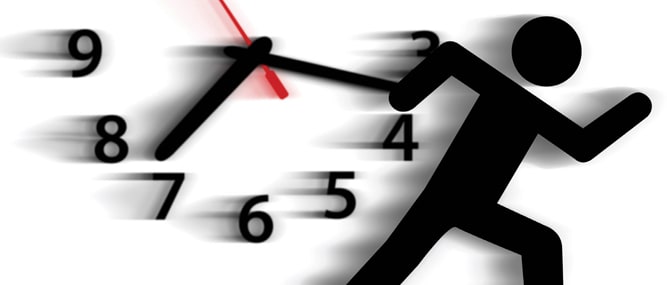
Common ways to be less efficient are good places to start looking for improvements. Do you do any of these things?
- Spend too much time on email. Email takes up over 30 percent of the average desk worker’s day. That’s a day and a half a week.
- Interrupt yourself. Each day, a typical office employee checks email over 80 times and uses instant messaging 94 times. It’s hard to concentrate if you’re doing this.
- Multi-tasking. Productivity drops by as much as 40 percent when subjects try to do two or more things at once.
From your own observations, come up with a question or hypothesis that addresses these common behaviors, such as “Can I cut the amount of time I spend doing my email by 25 percent?” and what you discover about how you spend your time, such as “can I find a way to replace or reduce some kinds of meetings?”
Make A Change
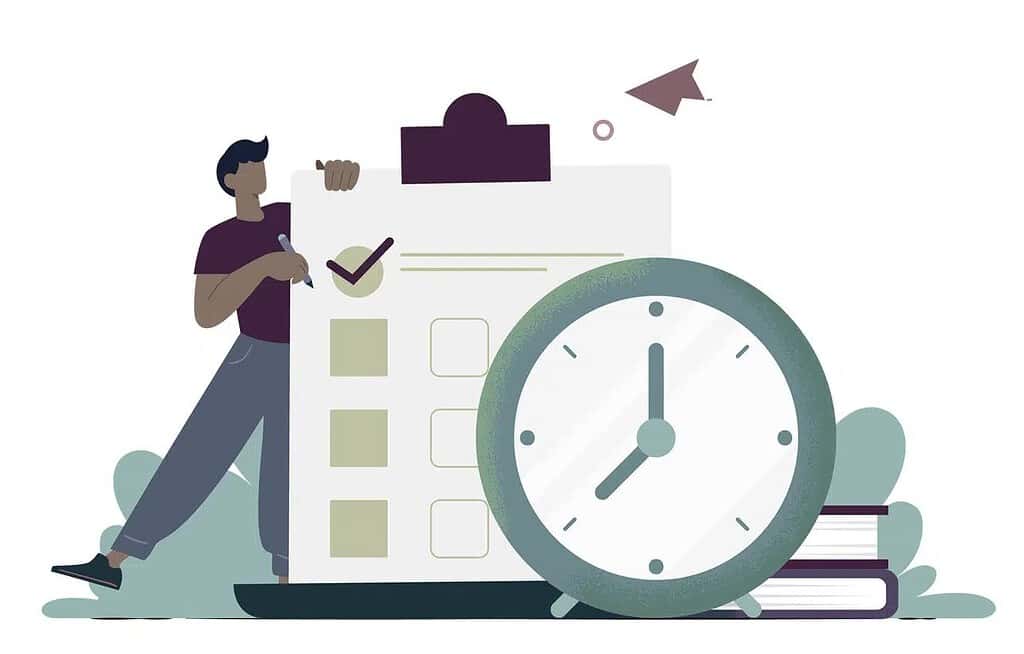
Once you’ve got a hypothesis, make a change in the way you work and run an experiment to see if it helps. Here are some tools and techniques for doing less and doing better:
- Change the venue where you work. For example, try shared workspaces or working on the Underground.
- Go to fewer meetings or just email a report instead of attending.
- Use an online tool, such as Tricider, to build consensus rather than spending an hour in a meeting.
- Switch off your email notifications and other interruptions. Put your phone into airplane mode and use a distraction-free editor.
- Consider using the Pomodoro technique to improve concentration.
- Listen to white noise or classical music in the background.
- For your email, set up some rules for routine messages, such as using some autoresponders and some canned responses.
There are so many tweaks you can make. This is just a starting point.
Consider Automated Solutions
[Image Source: Pexels]
There are lots of automated solutions cropping up for simple tasks like data entry, bookkeeping and tax preparation that can free employees to focus on more creative, higher-value tasks. Far from leading you into an AI winter where robots overwhelm your work environment, these are small fixes that make a big difference in productivity.
Simple, mundane work takes up so much of employees’ time. After conducting the time and motion study, determine what low-value work is the most time-consuming and consider investing in tools that can take this off your plate.
Evaluate Results
Try your experiment for a week. Perform the same observations as before using the same tools. Is there an improvement? Great. If not, try something else. Rinse and repeat.
A few minutes every day and an hour or so every week working with time and motion study experiments can produce a dramatic change in your productivity.
What helps you to be more efficient? What tools do you use to measure your effectiveness? What holds you back? Share your thoughts in the comments. We’d love to hear from you.
Popular Questions
Here are some popular questions about a Time and Motion Study.
-
What is a Time and Motion Study?
A Time and Motion Study involves observing and analyzing your work habits to spot efficiency opportunities, implementing changes, and reviewing the results to create a more productive workflow. This method helps identify time wasted on non-essential tasks and suggests ways to improve the usage of time.
-
How can I be more efficient in my daily tasks?
To improve efficiency, you can start by paying close attention to how you spend your time, use time tracking tools like Clockify or Toggl, categorize tasks by value, and minimize inefficient habits such as excessive emailing, frequent interruptions, and multitasking.
-
What are some common ways to be less efficient at work?
Common inefficiencies include spending too much time on email, interrupting yourself with constant checks on communication platforms, and attempting to multitask, which can reduce productivity by up to 40%.
-
What tools can help me do a Time and Motion Study?
Tools such as Clockify, Toggl, or simple note-taking can provide data on how you spend your time. Techniques like the Pomodoro method or listening to white noise can improve concentration and efficiency.
-
Can making small changes really improve my productivity?
Yes, small savings in time can quickly add up. By eliminating or improving how you handle low-value tasks, you can free up significant time for more important work.
-
What should I do if my initial changes don’t yield improvements?
If your initial experiment doesn’t show improvement, reassess your approach, adjust your hypothesis, and try different strategies. It’s a continuous improvement cycle – observe, change, and review.
Glossary
Here are the key terms mentioned in this atticle, each followed by its definition:
Time and Motion Study: A business efficiency technique combining the Time Study work of Frederick Winslow Taylor with the Motion Study work of Frank and Lillian Gilbreth. It is a major part of scientific management (Taylorism). It involves the analysis of workflow to improve efficiency in the workplace.
Taylorism: A theory of management that analyzes and synthesizes workflows with the objective of improving labor productivity. Named after Frederick Winslow Taylor, it is often associated with treating workers as machines and breaking down work into very simple, repeatable tasks.
Boston Box: Also known as the BCG Matrix, developed by the Boston Consulting Group. It is a planning tool that uses graphical representations of a company’s products acompany’ses in an effort to help the company decide what it should keep, sell, or invest more in.
Pomodoro Technique: A time management method developed by Francesco Cirillo in the late 1980s. The technique uses a timer to break work into intervals, traditionally 25 minutes in length, separated by short breaks.
Ethnography: The systematic study of people and cultures from the subject’s viewpoint, usually through participant observation, where the ethnographer immerses themselves in the culture as an active participant.
Automation: The use of largely automatic equipment in a system of operation, such as manufacturing or data processing. Automation often refers to using robots or computer software to perform tasks that were once completed by humans.
AI Winter: A period of time during which there is a lack of interest and funding in artificial intelligence research. The term was coined as an analogy to the idea of a nuclear winter.
Email Autoresponders: Email systems that automatically reply to incoming messages. They are often used for out-of-office notifications or marketing purposes.
Canned Responses: Pre-written responses to common questions or situations, allowing for quick and consistent communication.
Distraction-Free Editor: A writing or coding software tool designed to minimize distractions by offering a very simple, clean interface.
White Noise: A constant background sound that masks other sounds. It is often used to drown out distracting noises or to promote relaxation and concentration.
Productivity Podcasts: Podcasts that focus on enhancing productivity, often featuring tips, strategies, and interviews with experts in time management and personal development.
Pop Quiz
Here’s a pop quiz based on the Time and Motion concepts mentioned in the article.
- According to the article, what is the first step in conducting a time and motion study?
A) Making a change to your work routine.
B) Spotting opportunities to be more efficient.
C) Closely looking at what you’re doing.
D) Evaluating the results of changes made. - What is a traditional Taylorist time and motion study known to separate?
A) Work from personal time.
B) Thinking about work from actually doing it.
C) Efficient tasks from inefficient ones.
D) Important tasks from non-important tasks. - The article suggests that multitasking can reduce productivity by up to what percentage?
A) 10%
B) 25%
C) 40%
D) 50% - Which of the following is NOT listed as a common way to be less efficient at work?
A) Spending too much time on email.
B) Checking email frequently throughout the day.
C) Using a timesheet app to track work.
D) Trying to multitask. - What is the suggested way to determine if a task is valuable?
A) If it is in your job description.
B) If it takes less than an hour to complete.
C) If it is a task you enjoy doing.
D) If it requires a meeting.
Answer Key
- C) Closely looking at what you’re doing.
- B) Thinking about work from actually doing it.
- C) 40%
- C) Using a timesheet app to track work.
- A) If it is in your job description.


